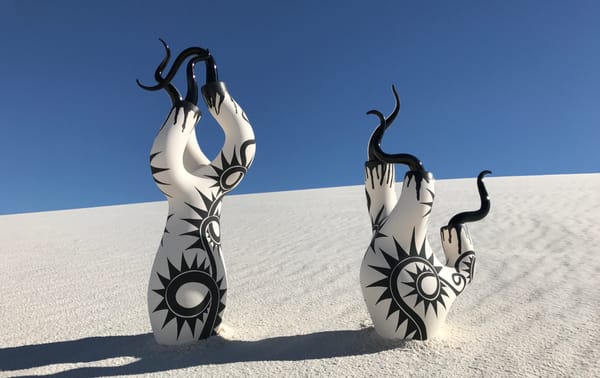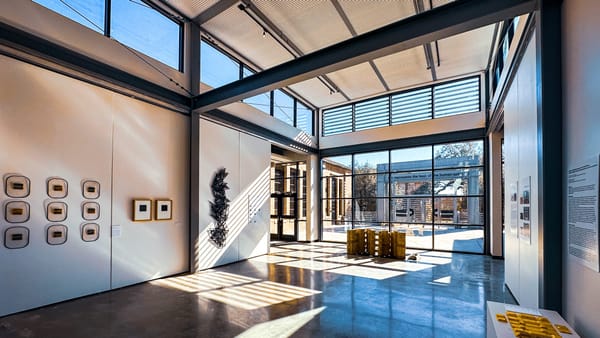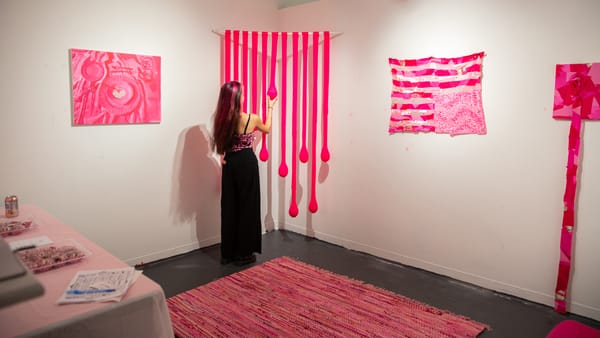Happy Public Domain Day! Works by Magritte and 9 Other Artists Are Now Copyright-Free
Happy Public Domain Day 2018! Here are 10 artists whose work is leaving copyright (although not in the United States).

Welcome to 2018! January 1 means it’s time to celebrate Public Domain Day. As is Hyperallergic tradition, we’re celebrating the visual artists whose work is entering the public domain this year.
However what works are coming out of copyright depends on the country. In the United States, the Copyright Term Extension Act dictates that no published work will be part of the public domain until 2019 (and even then, there’s the potential for an extension). Duke Law School’s Center for the Study of the Public Domain explains that “[in] addition to lengthening the term, Congress also changed the law so that every creative work is automatically copyrighted, even if the author does nothing.” The map below visualizes copyright terms around the world:
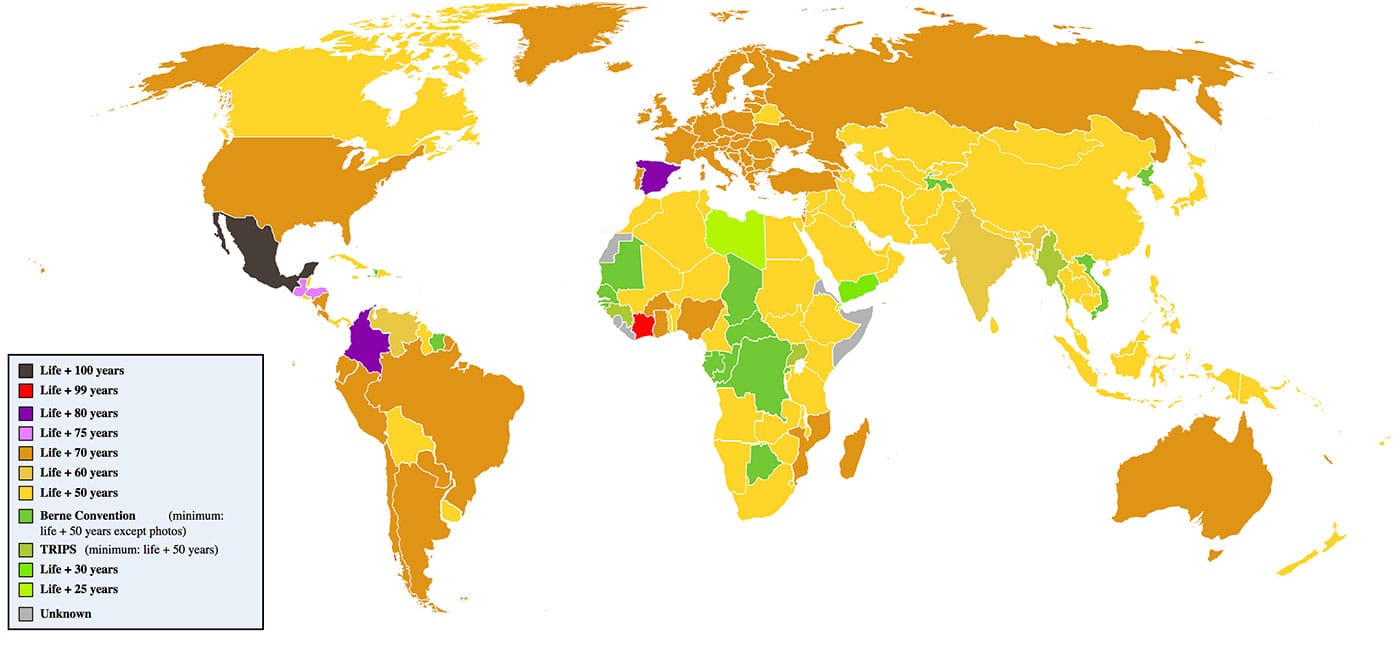
As shown on the map, many countries have copyright ending either 50 or 70 years after a creator’s death. So for 2018, work by people who died in 1947 or 1967 is entering the public domain. Over at the Public Domain Review, you can check out a post on the Class of 2018, which includes surrealist René Magritte, occultist and painter Aleister Crowley, and painter and printmaker Pierre Bonnard.
Below is a short round-up of ten artists whose work is entering the public domain (but, of course, not in the United States):
René Magritte (1898 — 1967)
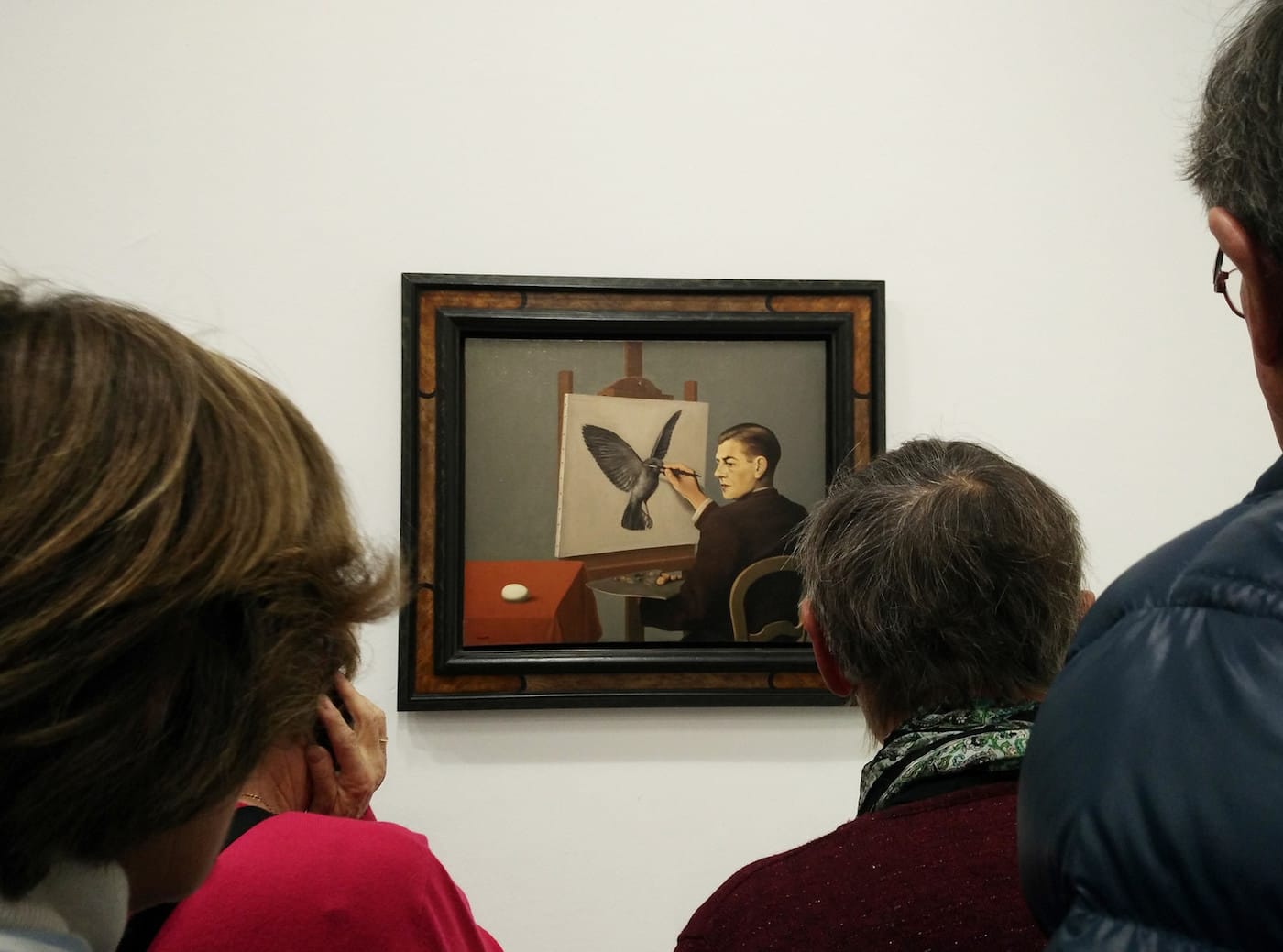
“We are surrounded by curtains. We only perceive the world behind a curtain of semblance. At the same time, an object needs to be covered in order to be recognized at all.” — René Magritte, Belgian surrealist artist, painter of pipes that are not pipes and apples in front of faces
Johannes Itten (1888 — 1967)
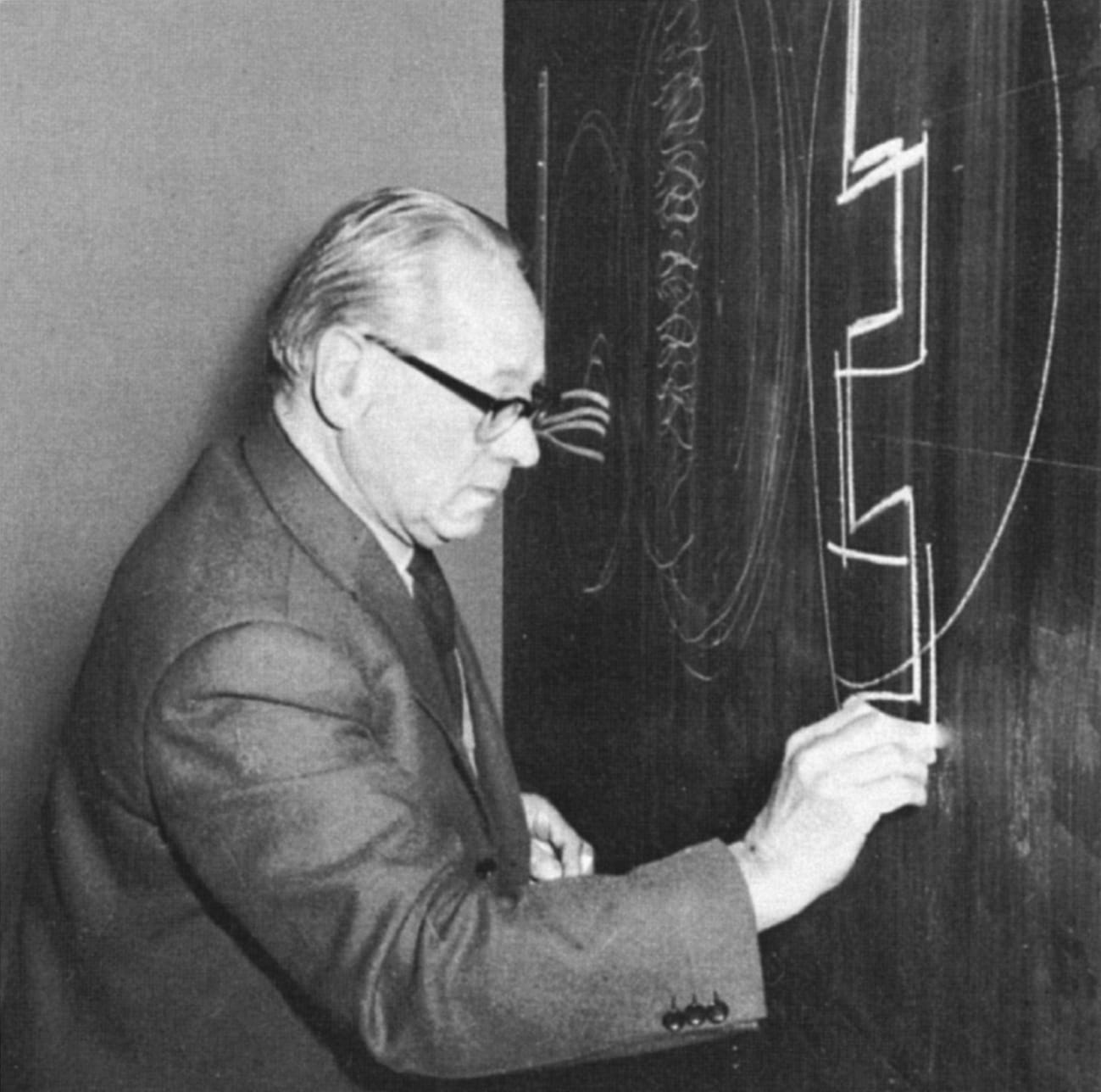
“Light, that first phenomenon of the world, reveals to us the spirit and the living soul of the world through colors.” — Johannes Itten, Swiss expressionist painter, color theorist, and part of the Weimar Bauhaus
Kathleen Scott (1878 — 1947)
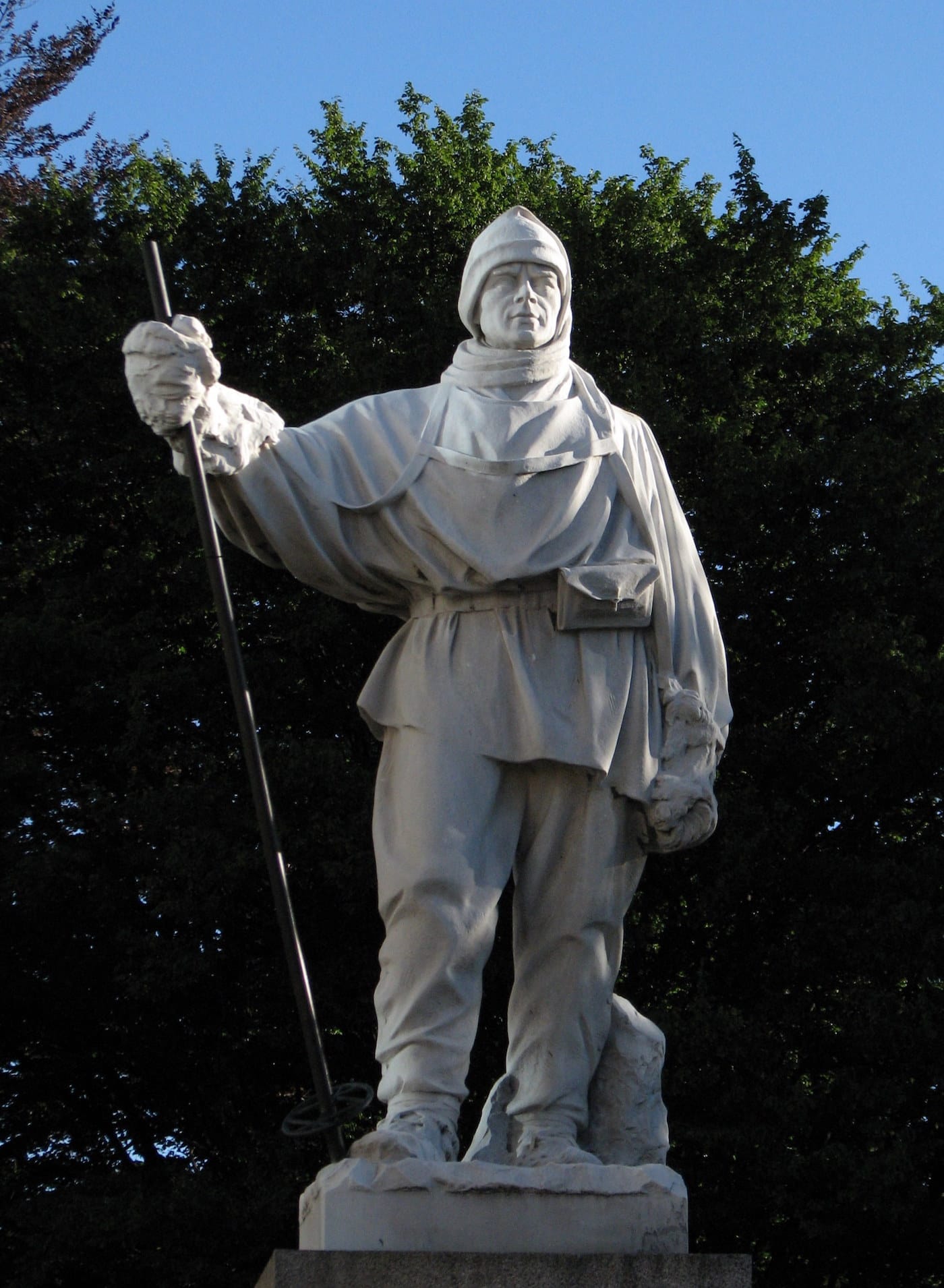
“Don’t ever be sad, my darling, life is ever so glorious.” — Kathleen Scott, British sculptor, in her final letter to her first husband, the explorer Robert Falcon Scott, who died in Antarctica
Aleister Crowley (1875 — 1947)
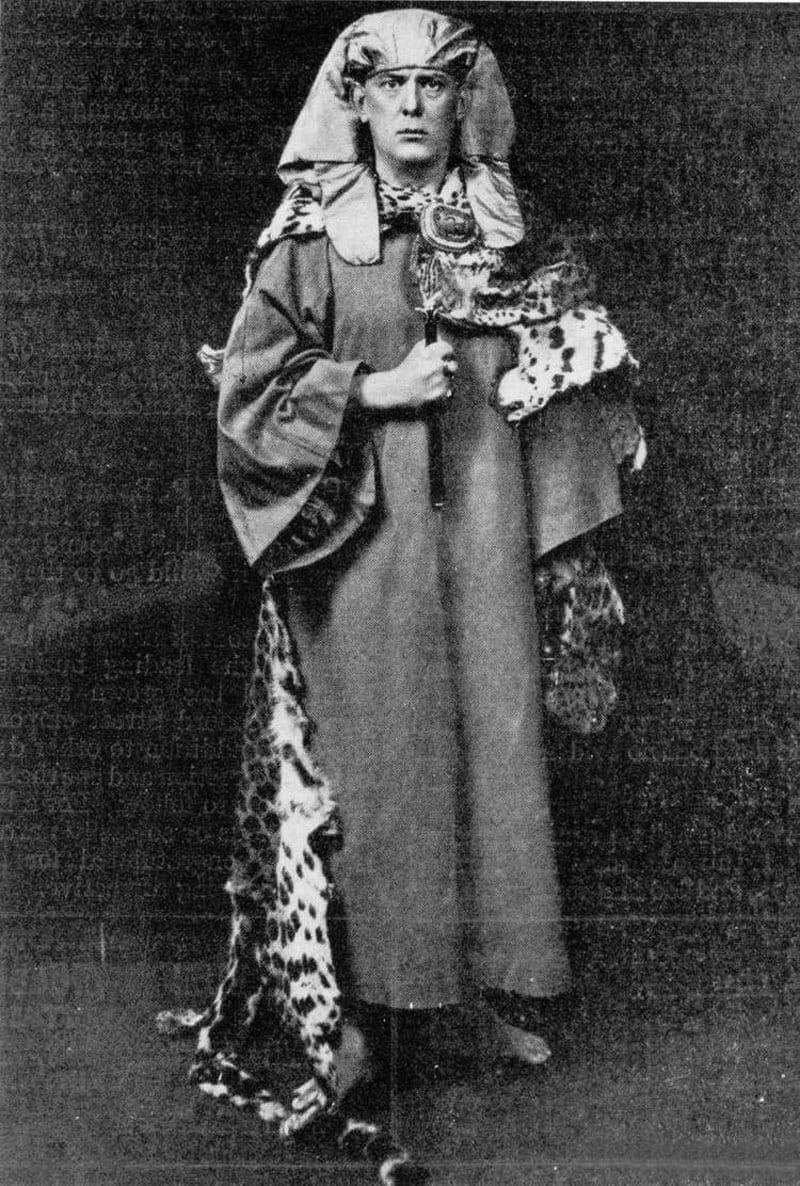
“Black magic is not a myth. It is a totally unscientific and emotional form of magic, but it does get results — of an extremely temporary nature. The recoil upon those who practice it is terrific. It is like looking for an escape of gas with a lighted candle. As far as the search goes, there is little fear of failure!” — Aleister Crowley, English occultist, writer, painter, and mountaineer
Prudence Heward (1896 — 1947)
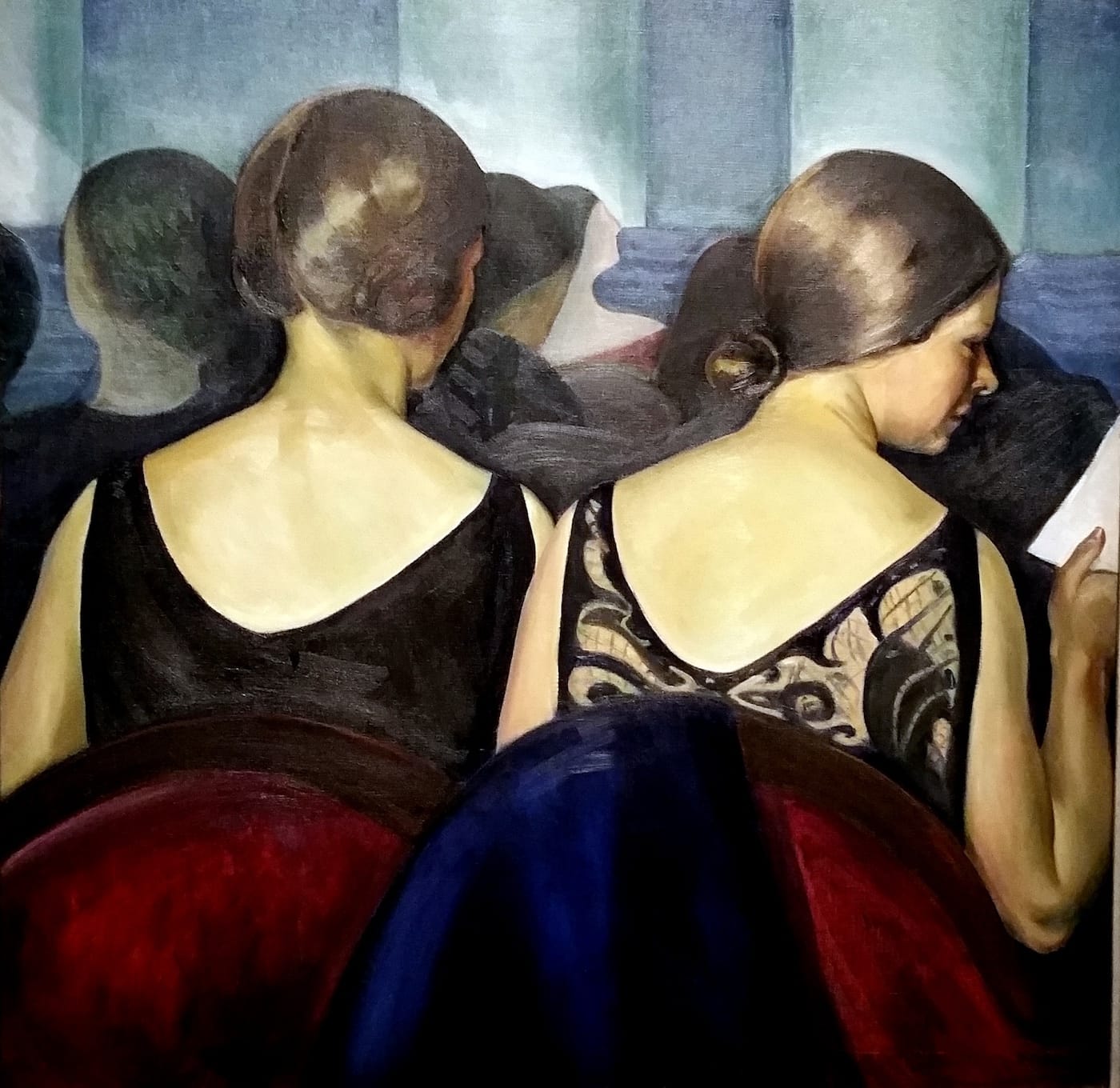
“In my opinion, [Prudence Heward] was the very best painter we ever had in Canada and she never got the recognition she richly deserved in her lifetime. I wanted her to join the Group of Seven, but like the Twelve Apostles, no women were included.” — artist A. Y. Jackson on Prudence Heward, Canadian painter
David Burliuk (1882 — 1967)
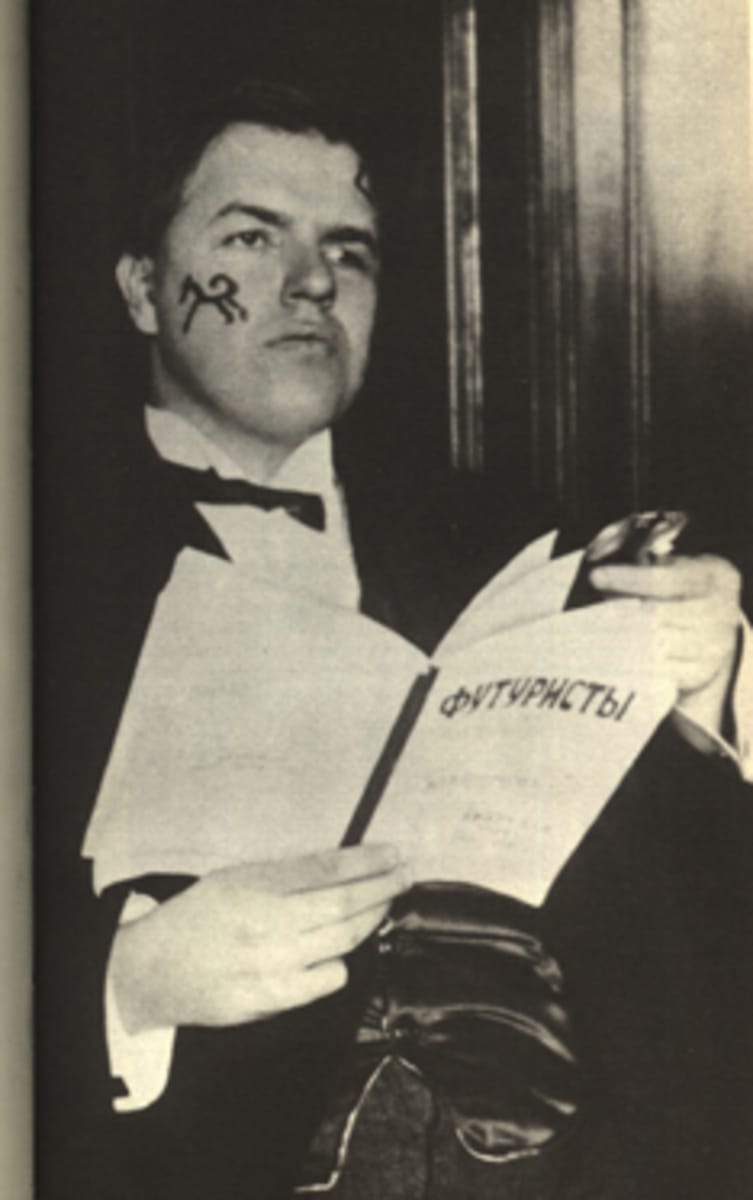
“The sounds of A are wide and spacious,
The sounds of E are haughty and agile,
The sounds of U are like an empty pipe,
The sounds of O like a hump curvaceous,
The sounds of Ye are of splashing shallows,
The family of vowels I’ve laughingly reviewed.”
— David Burliuk, Ukrainian illustrator, author, and oft-described “father of Russian Futurism,” in a 1915 poem
Pierre Bonnard (1867 — 1947)

“I should like to present myself to the young painters of the year 2000 with the wings of a butterfly. ” — Pierre Bonnard, French painter and printmaker, and founding member of the post-Impressionist group Les Nabis
Han van Meegeren (1889 — 1947)
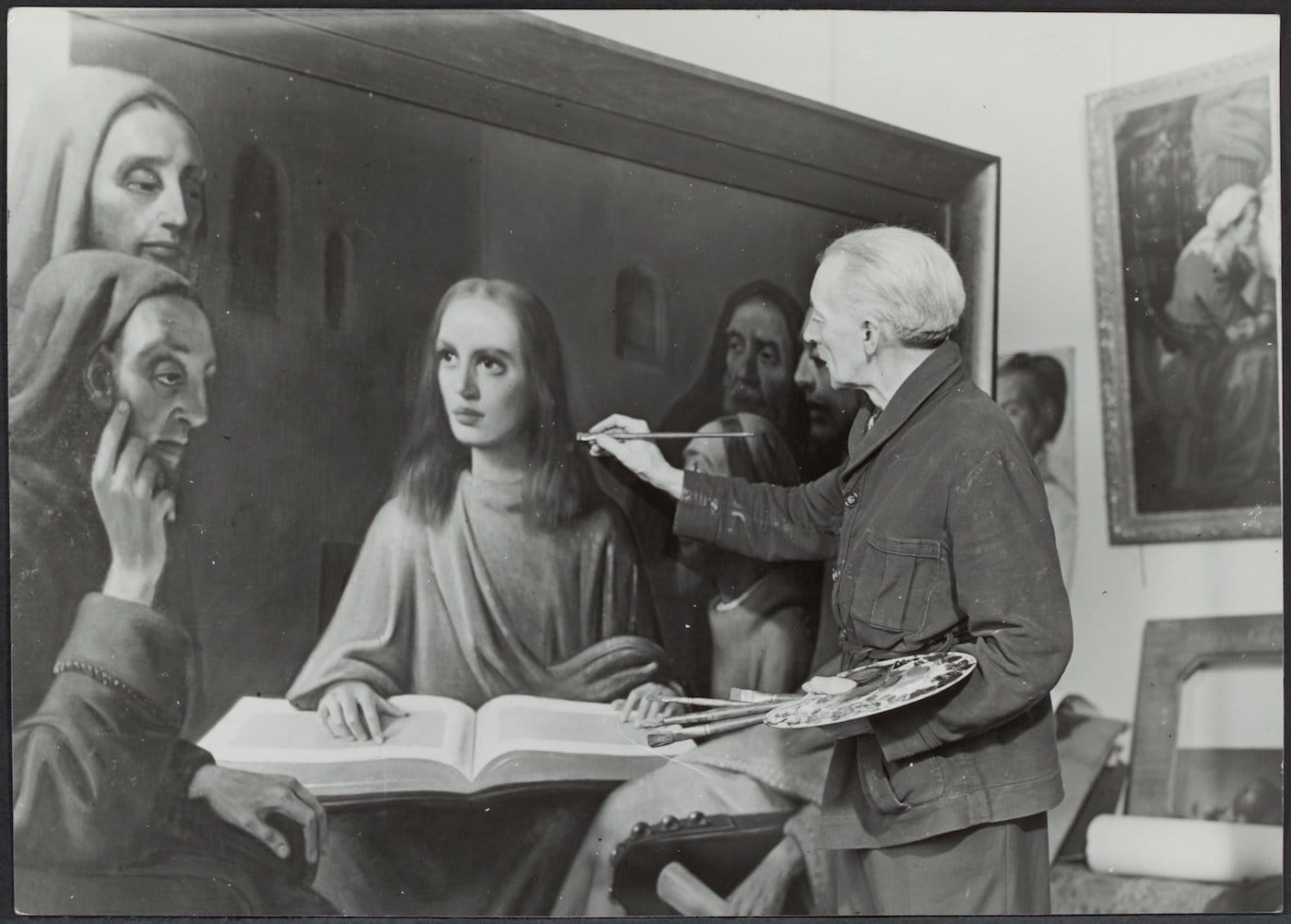
“To paint a copy is no proof of artistic talent. In all my career I have never painted a copy! But I shall paint you a new Vermeer. I shall paint you a masterpiece.” — Dutch painter and art forger Han van Meegeren, who then painted a final Vermeer forgery before reporters and court-appointed witnesses
Tan Ting-pho (1895 — 1947)

“As someone whose mission it is to create art, if I can’t live for art and die for art, how can I call myself an artist?” — Tan Ting-pho, Taiwanese painter, reportedly said. He was killed in what’s known as the February 28 Incident that was suppressed by the Kuomintang-led Republic of China government.
Jessie Traill (1881 — 1967)
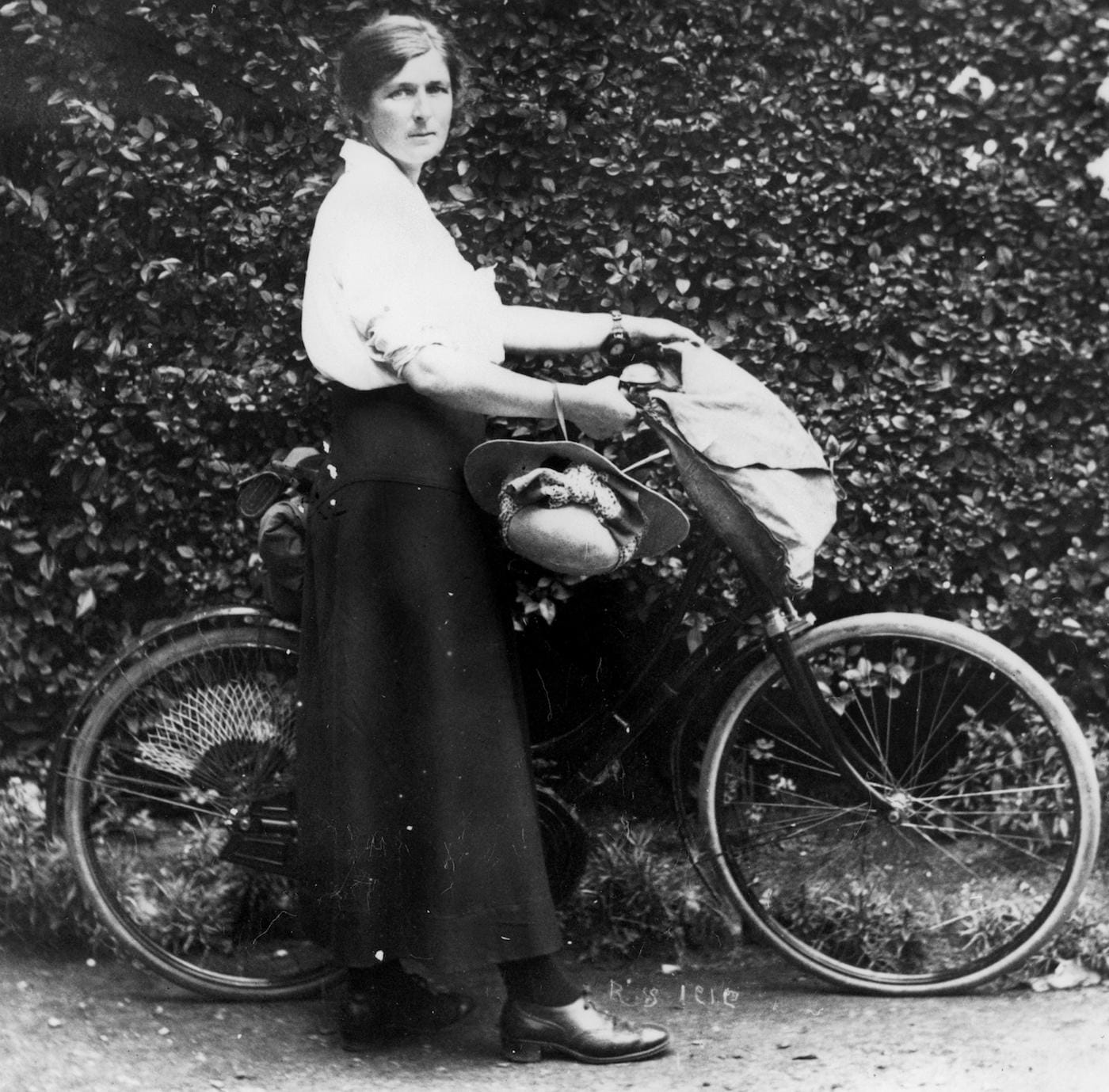
“What we see is a solid mass of concrete and intricate lacework of iron made more intricate by the play of light and shade; something that giants might play with as a child would with his Meccano set … In years to come when we dash over the Bridge in our taxi or take a ‘walk’ across … to see our Harbour, we, who have watched it progress and sketched or photographed its parts, will feel with these workmen a sort of pride of possession, and it will be OUR BRIDGE too.” — Jessie Traill, Australian printmaker, observing the building of the Sydney Harbour Bridge in 1929, which she captured in etchings and aquatints.


